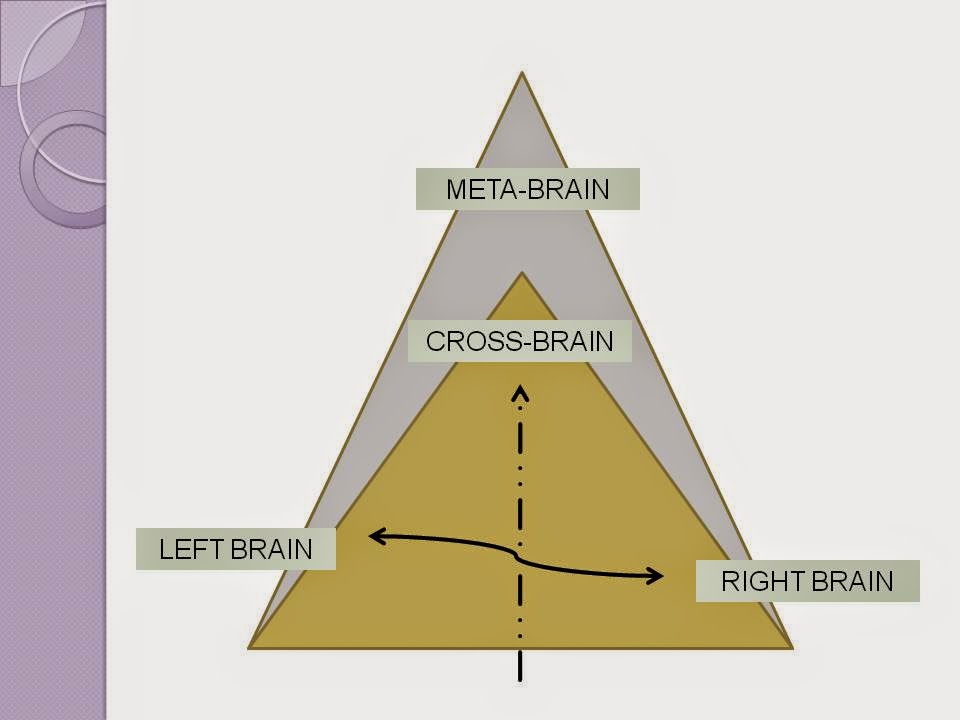Many years ago I taught courses on stress at Northwestern University. It covered the nature, causes and experience of stress: from biological and psychological effects, to war trauma and natural disasters. I remember that one of my students was a veteran, and in reference to what we were reading, he acknowledged that fighting felt exhilarating to him, at least at times. The stress of the battlefields wasn't categorically unpleasant, was it.
As a professor, I wanted to make sure that students adopted the fundamentals and grasped the principles of whatever we were studying. But in addition, I wanted to challenge their conventional wisdom and to offer alternative perspectives, if only to provoke their thinking, deepen their insight, and expand their horizons.
So besides the counter-intuitive experience of war, I also suggested that severe natural phenomena, such as earthquakes, tornadoes and floods, were essentially human-made.
 |
| (image credit) |
To my point in our courses, however, I bet that sparse, scattered human populations back then missed quite a lot of these natural disasters. But as our population grew, and civilizations rose up, and sophistication heightened, we built our lives on the premise that the ground we stood on were flat and still. That premise was perfectly fine the vast majority of time, but when that very ground roiled in one way or another, then disaster struck, injury and death occurred, and stress and trauma cropped up like so many cases for healthcare professionals.
I am neither denying nor diminishing the role Mother Nature plays in these disasters. But consider the tsunami that crashed ashore on Fukushima in northeast Japan in 2011. If the destruction it caused on any city life in its path weren't tragic enough, the fact that a nuclear facility was on that path raised the level of destruction, and the ensuing tragedy, some incalculable fold. Mother Nature built neither the city nor the facility.
There is no fault or blame here. Rather, my point, as it was for my students, is that there is a complex, intimate relationship between natural phenomena and humankind. Our growth, migration, and construction all play an integral part of natural disasters. Mother Nature will do whatever she pleases, whenever and wherever she pleases. But again the lives we have built on her landscape, the beliefs we harbor, and the experiences we face are, I argue, the defining hallmarks of disaster and stress.















_original.png)


